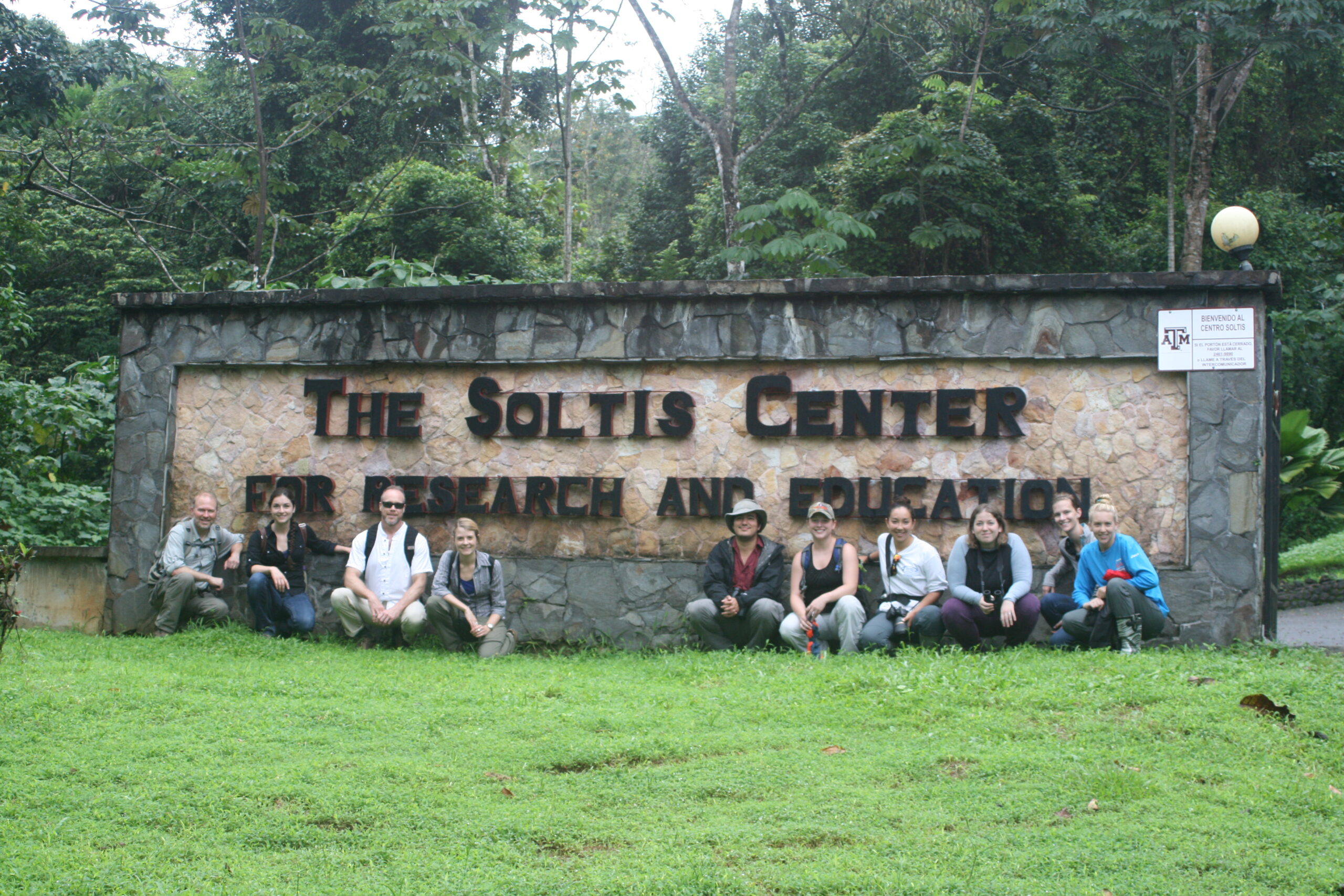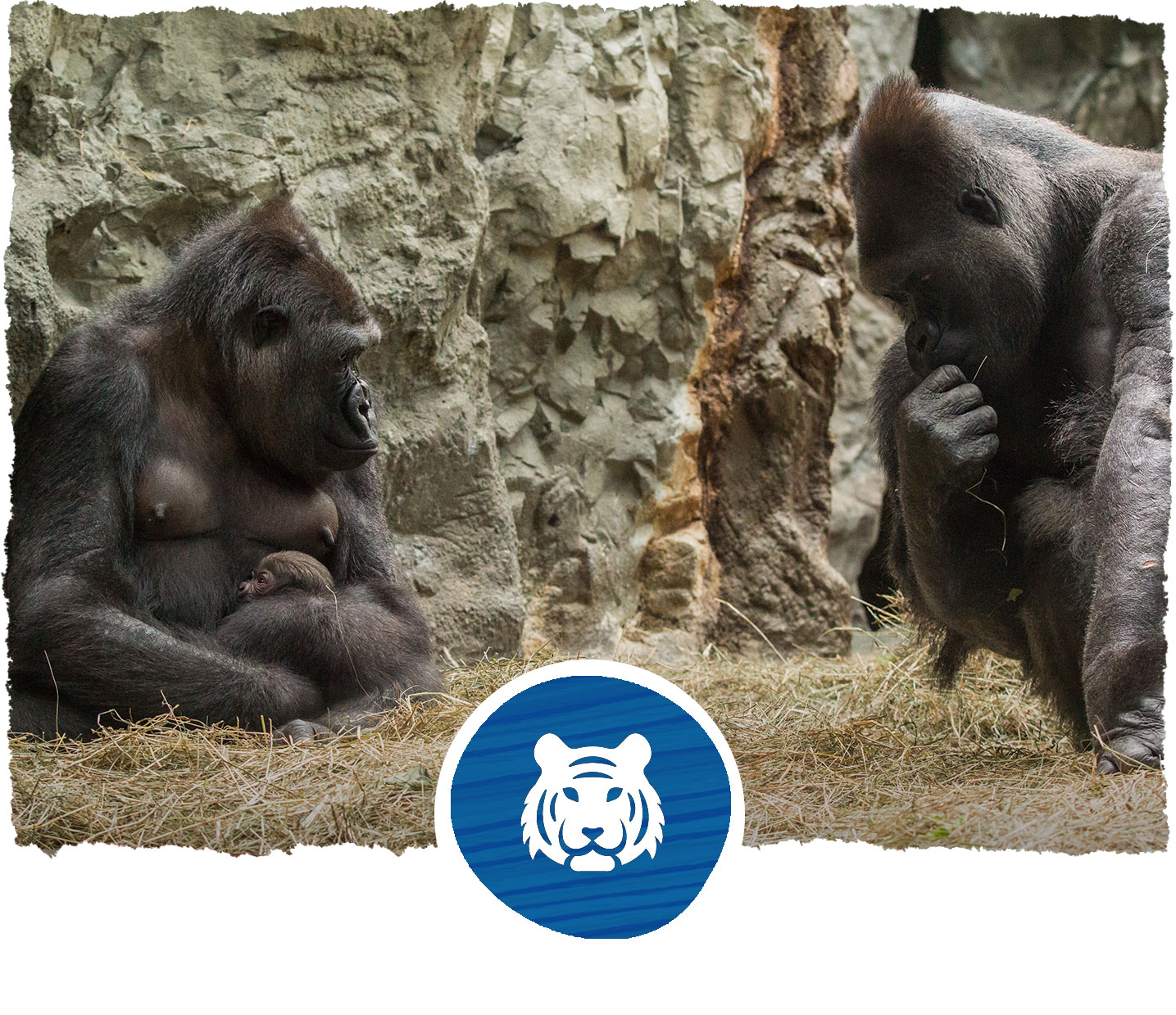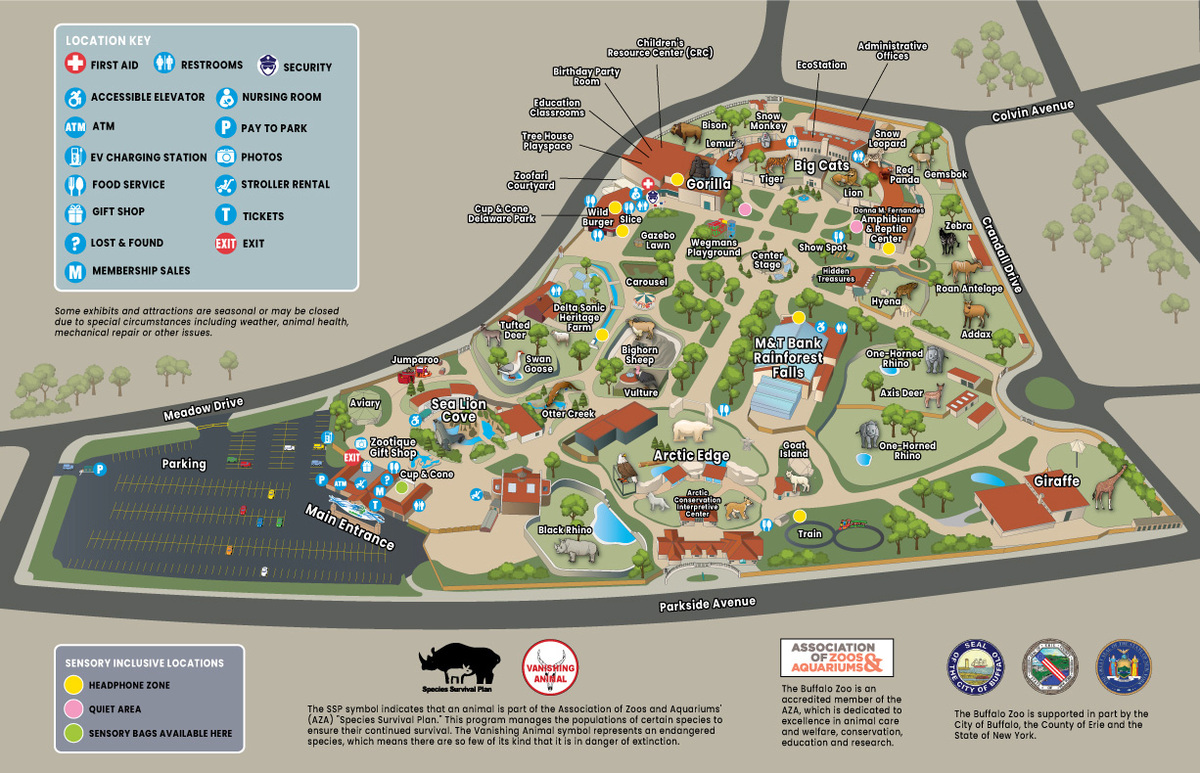Learning In Costa Rica – The Buffalo Zoo Assists with Teaching Students about Conservation Medicine
By Dr. Kurt Volle
What do ants, birds, jackfruit, leaf-nosed bats, guapote fish and triatomine bugs have in common? They are all things that are encountered during the two weeks students spend in the biologically diverse country of Costa Rica as participants of the CONSERVET course. The CONSERVET course is designed to introduce students of veterinary medicine and ecology as well as post-graduate veterinarians to the various aspects of conservation medicine. Just as the science of ecology focuses on the interconnecting relationships of organisms with their environment, conservation medicine is involved with the complex interactions of animal health, human health, and environmental health.
The Team
I have had the privilege and good fortune to have been involved with this course over the past few years first as an instructor and later as an on-site coordinator and instructor along with Dr. Raymond Tarpley, who for many years, was associate professor of anatomy and histology at the Texas A and M College of Veterinary Medicine and Biomedical Sciences. Dr. Tarpley serves as the principle coordinator for the CONSERVET course as well as the MARVET course (marine animal medicine
The CONSERVET course is typically hosted at two sites in Costa Rica. One site is in San Ramon at the Soltis Center for Research and Education of Texas A and M University, and the other is at the Monteverde Institute. Although students for the course have commonly been enrolled in schools from the United States, students from international schools including those in Costa Rica are encouraged to apply as well.
The Country of Costa Rica
Although it is a small country of 19,730 square miles with only 0.03% of the world’s total land surface, Costa Rica is home to an amazing diversity of wildlife. For example, there are about 240 species of mammals with at least 7 of those endemic to Costa Rica and found nowhere else on Earth. There are nearly 400 species of amphibians and reptiles and over 830 species of birds. As a result of the tropical climate, a large number of plants, insects, and other foods are available for sustenance of this animal diversity. The influences of two oceans contribute to varied weather systems interacting with the four mountain ranges that produce a large variety of habitats. One important type of habitat is the cloud forest. The climate of a cloud forest is one of high precipitation that, when coupled with an elevated land mass, allows for the plant life to be shrouded in clouds for most of the year. As a result, the cloud forest has abundant mosses, lichens, bromeliads, ferns and orchids in addition to many species of trees. As one might imagine, the wealth of plants provides excellent environmental living conditions for a wealth of animal species including glass frogs of the genus Centrolenella that take advantage of the swift-flowing mountain streams for their reproduction.
The Course
The CONSERVET course utilizes classroom lectures as well as hands-on laboratory and field experiences to provide a diverse learning environment that will aid in knowledge and skill retention. In addition to the lectures that I gave, guest speakers traveled from other parts of Costa Rica and the United States to provide instruction. Examples of the lecture topics included cloud forest ecology, sustainable agriculture, antimicrobial resistance on farms, climate change science, zoo contributions to conservation, zoo veterinary medicine, species population analysis, Chagas disease, emerging infectious diseases, soil as an ecosystem, avian influenza, and the illegal wildlife trade. Field experiences included blood sample and diagnostic specimen collection from domestic species such as horses, cattle, goats and chickens that were located on farms in close proximity to the cloud forests. Further field experiences involved collecting swabs from the respiratory tracts of poultry and wild birds to monitor for the presence of Avian Influenza.
Field Research
Students also had the opportunity to assist field research scientists with their various projects. These projects included collecting intestinal parasites from the native rodent species to assess latitudinal changes in parasite populations, using sonogram analysis to characterize the bat species and their echolocation patterns in the area, and using mist nets (nets that are fairly invisible to birds) to capture and identify the current species of the region. During their participation in these projects, students were also given instruction in proper physical examination techniques, diagnostic sample collection techniques, intestinal parasite examination methods and ectoparasite collection methods for these species. It was eye-opening for the students to discover that there are several species of winged and wingless flies that live among the hairs of bats just as fleas do on dogs and can serve as vectors for spreading disease-causing organisms just like mosquitos do for so many animals and people.
The students were also able to tour wildlife rehabilitation facilities, wild fish headstart and tilapia fish farming facilities in order to understand the effects that people may directly have on the wildlife populations of the country. In addition, faculty at the National University in San Jose gave the students some insight into the current course curricula that exist for veterinary students wishing to pursue careers in conservation medicine-related fields.
Since there are many insects in tropical areas that serve as a means to transmit disease, students had laboratory and field experiences related to methods of trapping mosquitos and sandflies as well as microscopic identification of the various species. Additionally, a special laboratory experience was provided to introduce students to global positioning system concepts and methods as well as the Geographic Information System (GIS) that allows conservation medicine researchers to develop maps that show the relationships between diseases and the environment.
In a world where increasing human population, emerging infectious diseases such as Ebola and Zika virus, as well as increasing evidence of global climatic changes that contribute to the alteration of the species diversity of our planet are present, the need for professionals with training in conservation medicine becomes more and more important. If in future years, just one of the students from the CONSERVET course is able to be in the right place at the right time to meet these challenges and make a difference, I am happy to have been a part of their journey.












